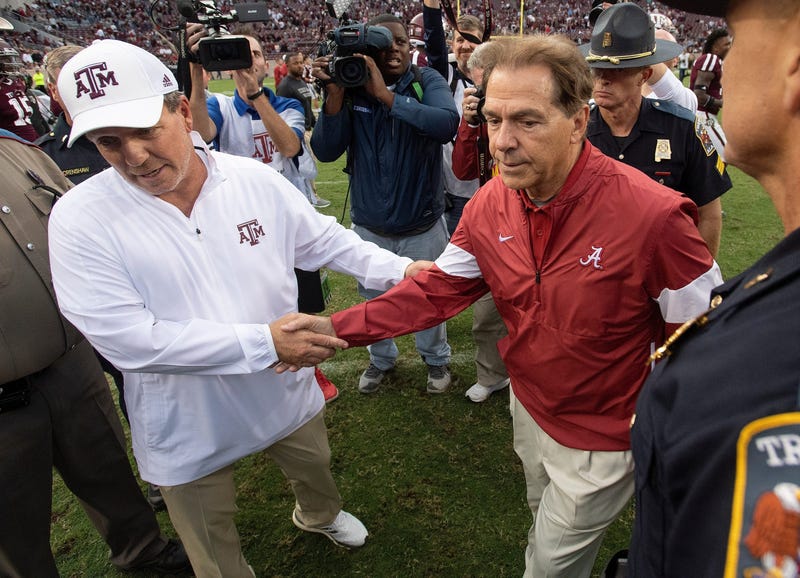
While name, image and likeness has been around for over a calendar year, the conversation surrounding its place in college athletics, specifically college football, has reached a tipping point in recent weeks. While the feud between Nick Saban and Jimbo Fisher captured the nation’s attention, a story out of Columbus may have comparatively flown under the radar this week.
It’s been reported that Ohio State’s Ryan Day told a gathered group of business leaders that the program needs around $13 million to keep their players from seeking greener pastures in the transfer portal and attract new recruits as deep-pocketed boosters seize control of the sport. As more and more coaches seek similar assistance, Nick Kayal wonders if the backing of these boosters for NIL purposes will be more critical to program building than what happens on the field.
“We are now at a point where the most important factor in the success of a college football program in the modern era of NIL could very well be its available financial resources AKA cold hard cash,” he said.
In terms of the mindset for recruits, Kayal, a proponent of athletes getting paid, believes that a similar mantra may become the norm as the nation's top prospects may value NIL deals over winning or other traditional factors in recruiting.
“Generally speaking, I don’t know that you’re going to be able to sell every single kid on ‘come to Georgia, we win national championships. Come to Texas, we have better facilities than anybody else. Come to USC, we create and put more guys in the NFL than anybody'…It could very well come down to Ohio State can give me $1.2 million and Tennessee can give me $700,000,” he said.
Here in SEC country, Kayal also noted that the $13 million figure given by Day will likely skyrocket in the years to come.
We’ve obviously entered a new era of college athletics, and where it goes from here is anybody’s guess, but it’s clear that the conversation has only just begun in terms of how athletes maximize their value while programs work to stay competitive.
